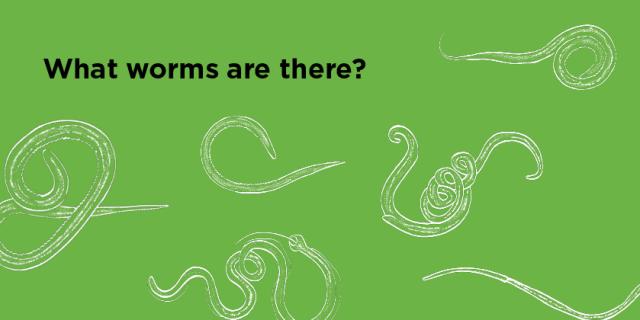What type of worm laid those eggs? Faecal egg counts tell us how many worm eggs our stock are passing. Larval cultures tell us what worm genus the eggs are from.

Larval cultures are normally done at an animal health laboratory. Eggs are incubated and hatched out; the resulting larvae are identified under a microscope. Larval cultures identify worms to the ‘genus’ level (not ‘species') – e.g. Trichostrongylus worms are reported as ‘Trichstrongylus’, not ‘T colubriformis’ or ‘T vitrinus’.
Doing a larval culture on poo samples after a FEC can be useful to understand whether the FEC is mostly made up of ‘nasty’ worms such as Haemonchus or Trichostrongylus, or whether it’s more of a mixture.
Larval cultures are an important part of drench checks and faecal egg count reduction tests, to help us understand which worm types are surviving our drench treatments.
There is very high variability in larval culture results and care must be taken not to overinterpret the absolute numbers.